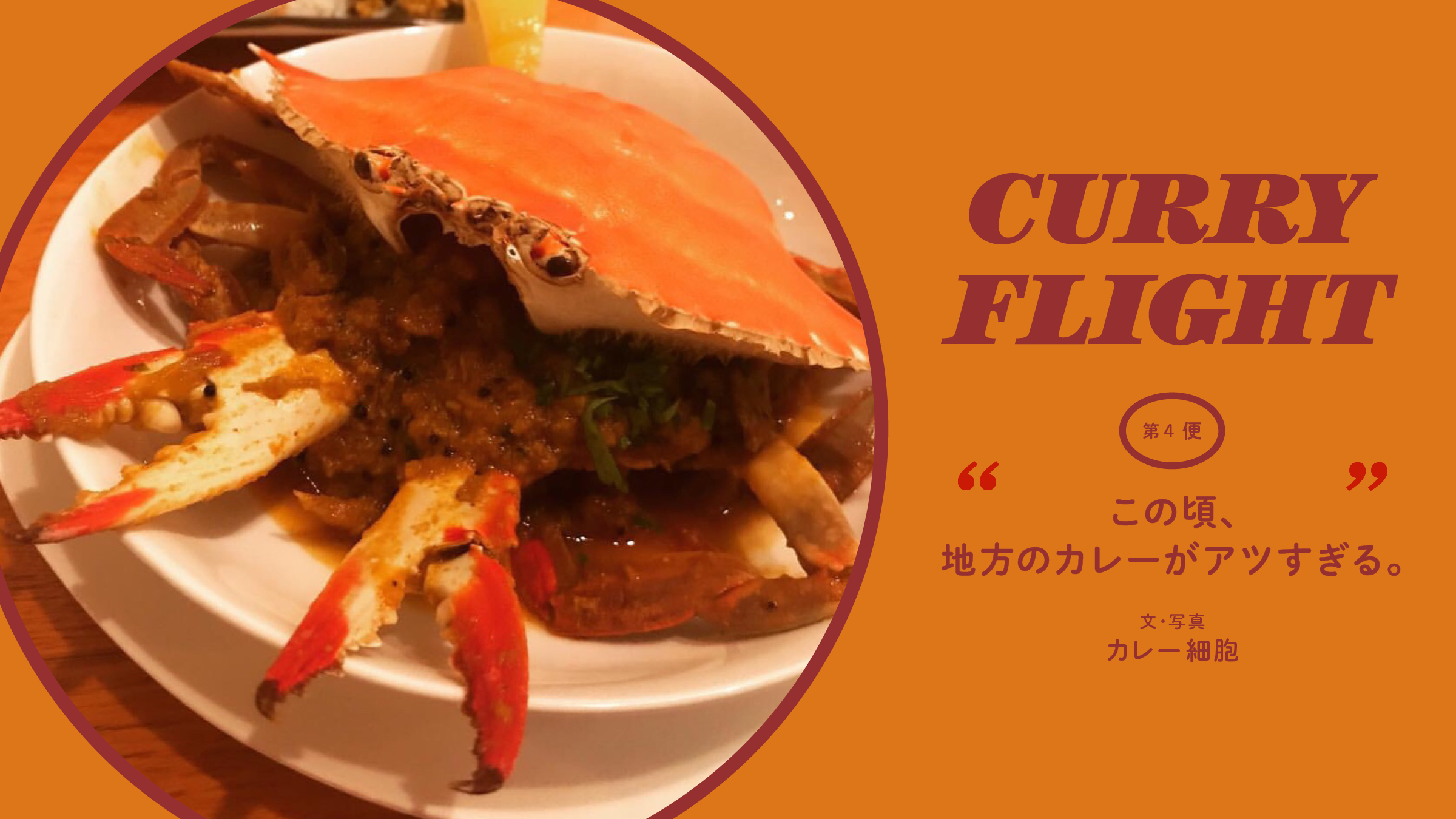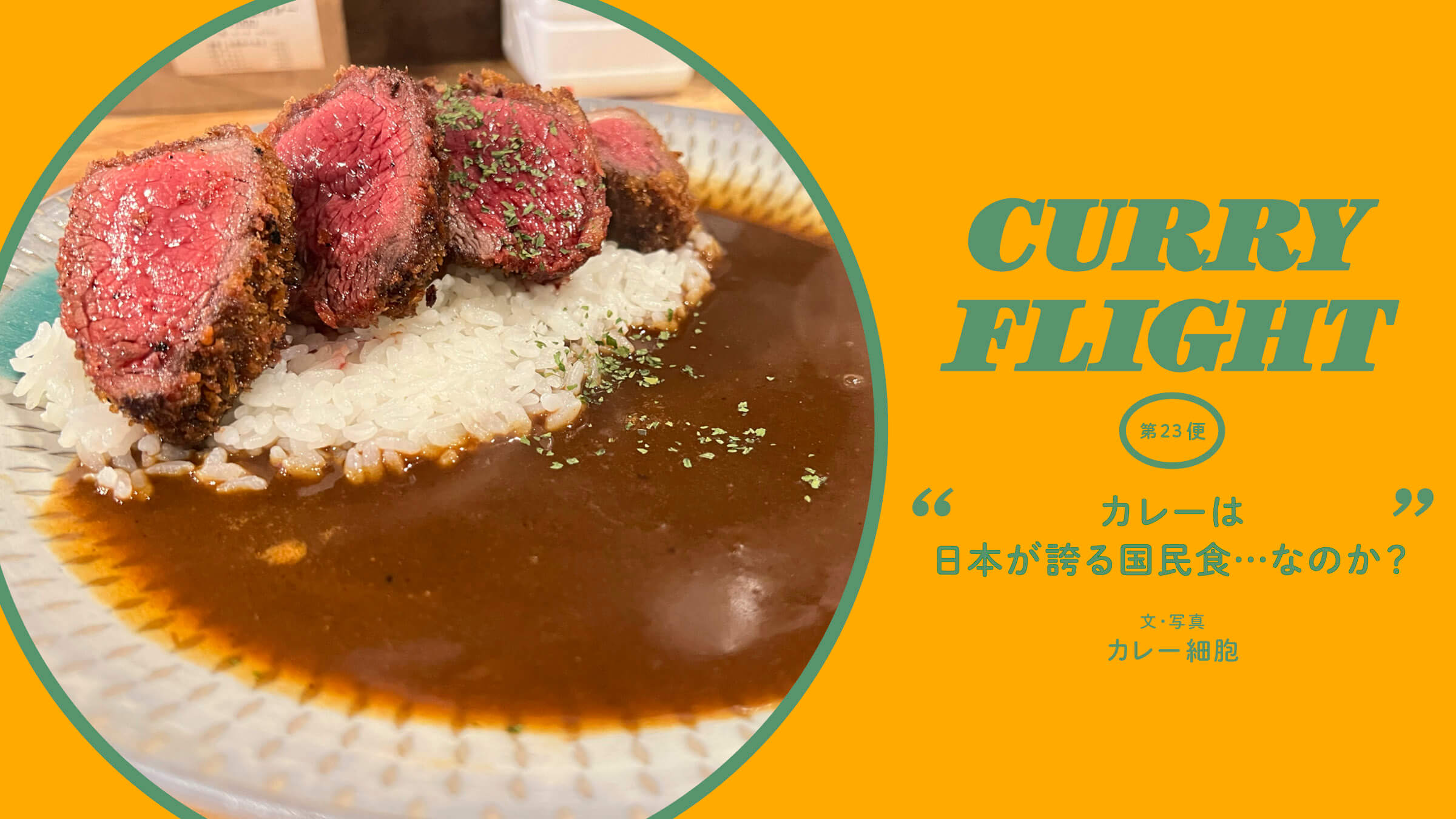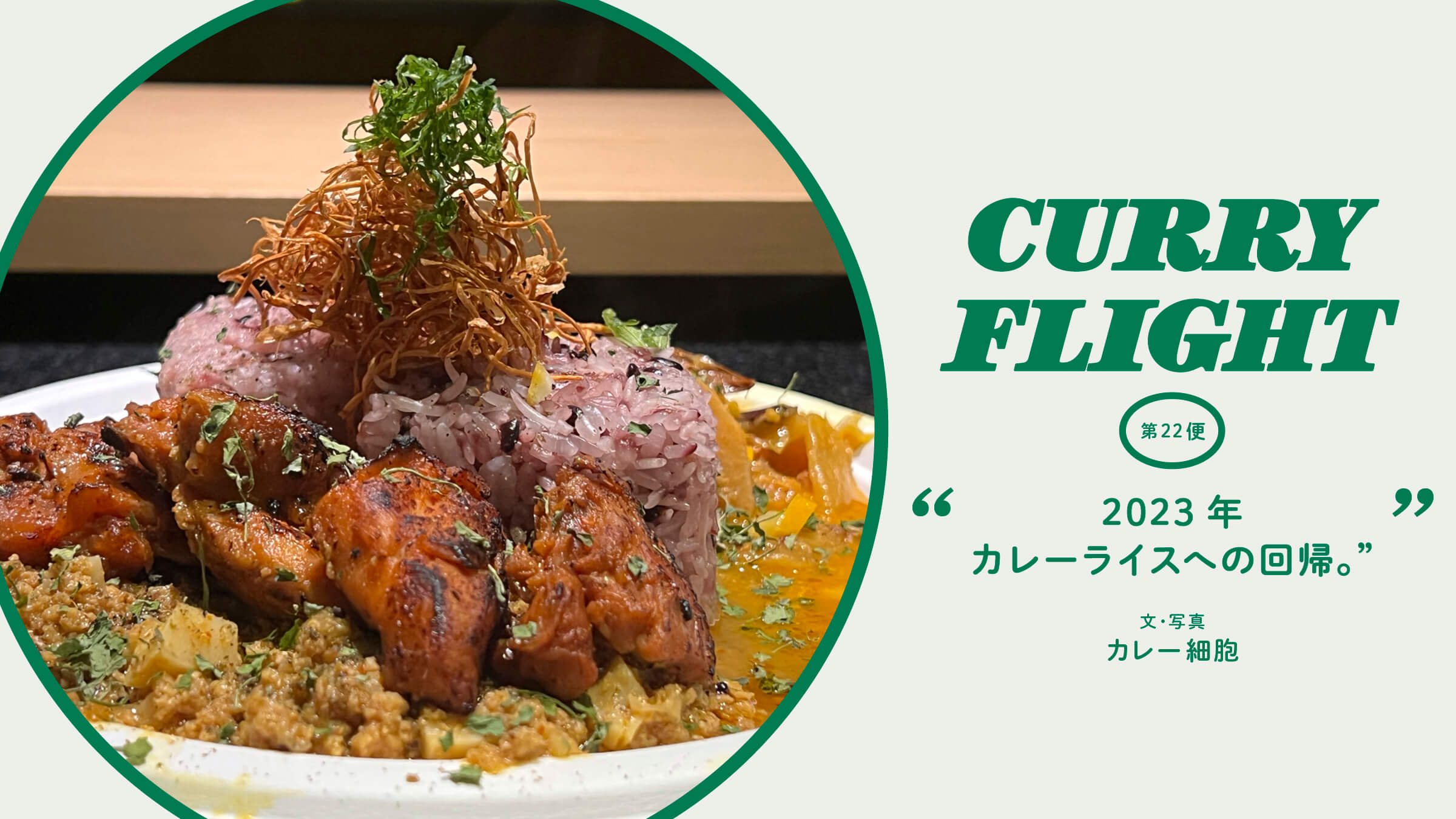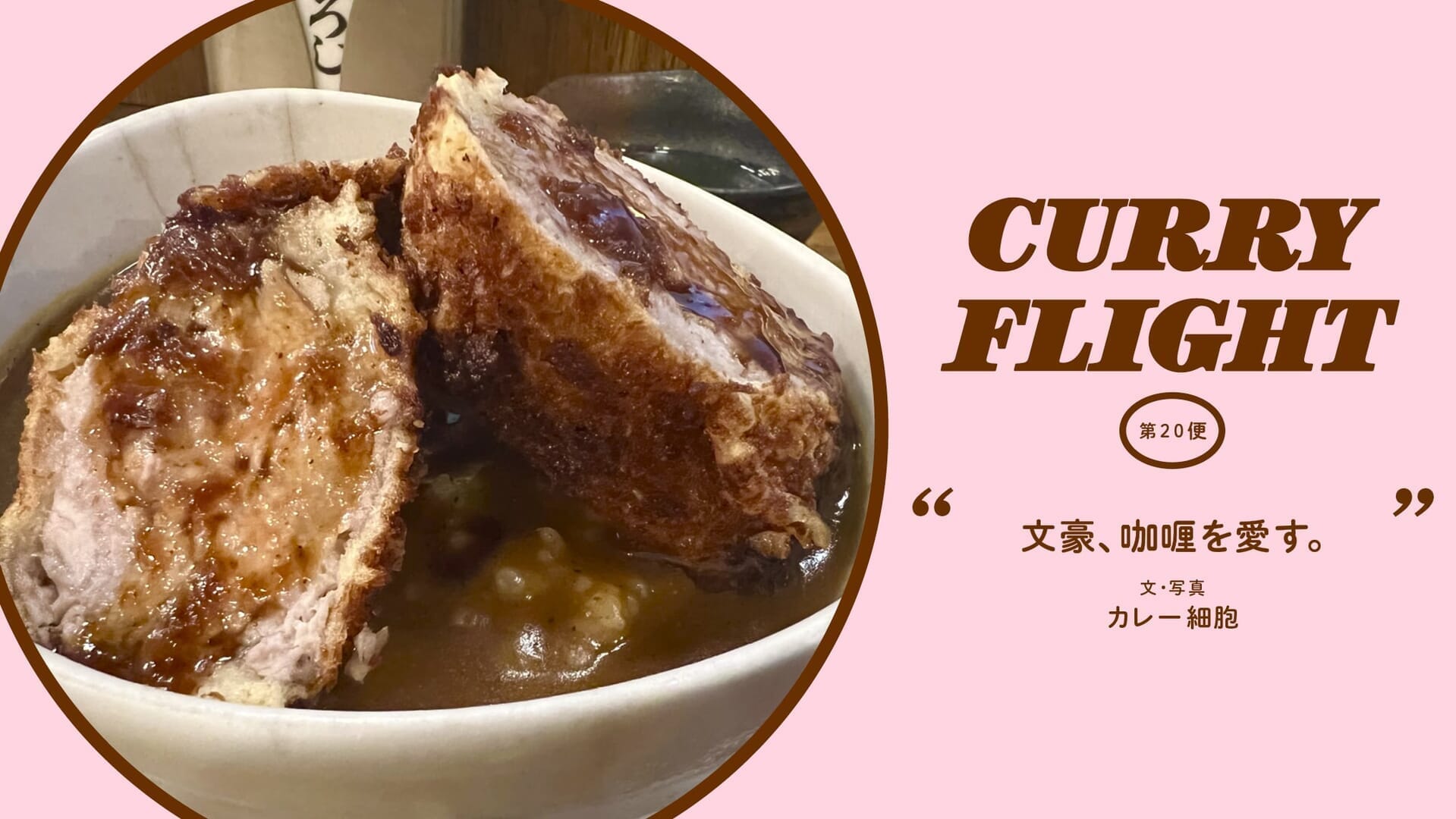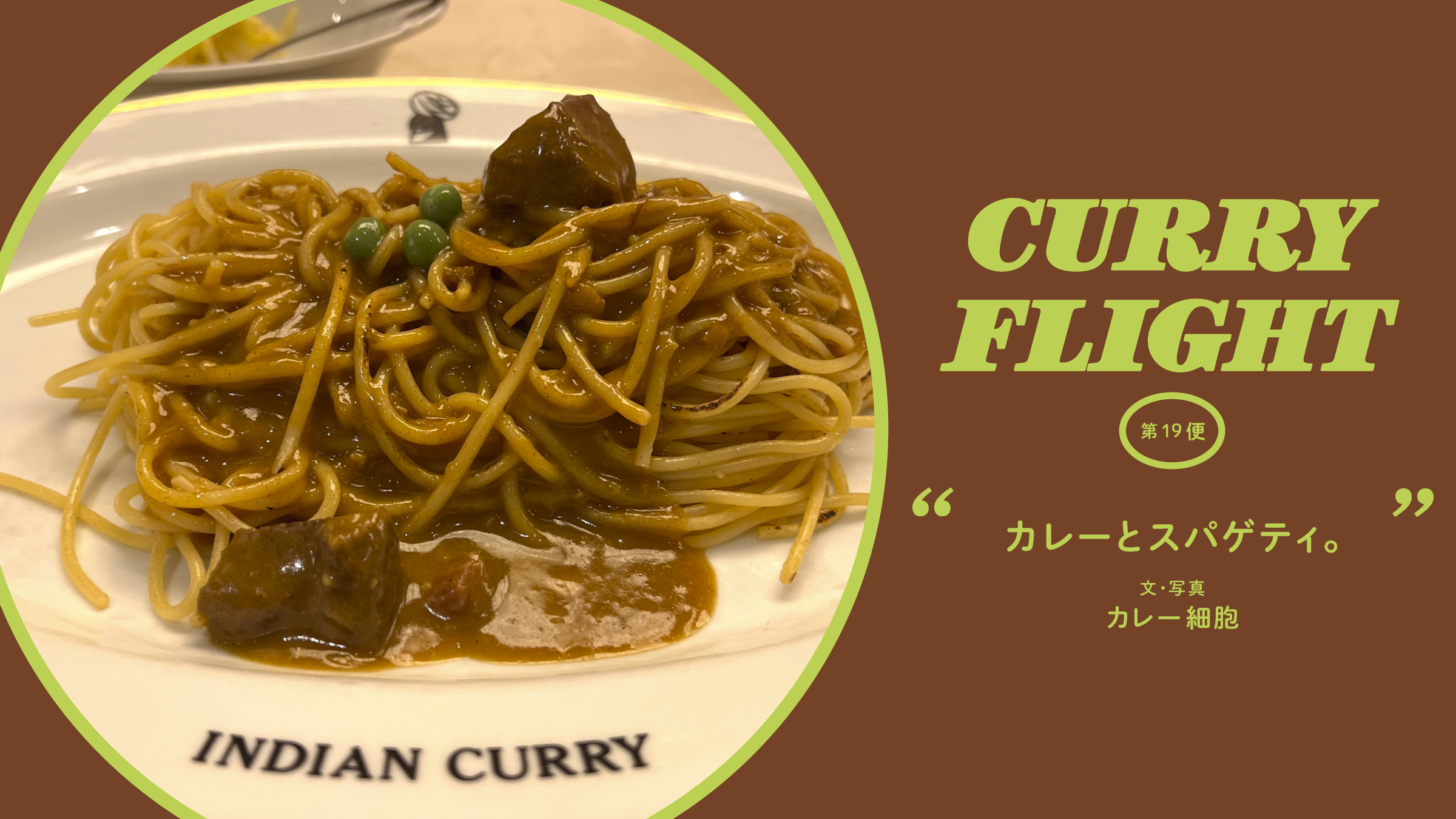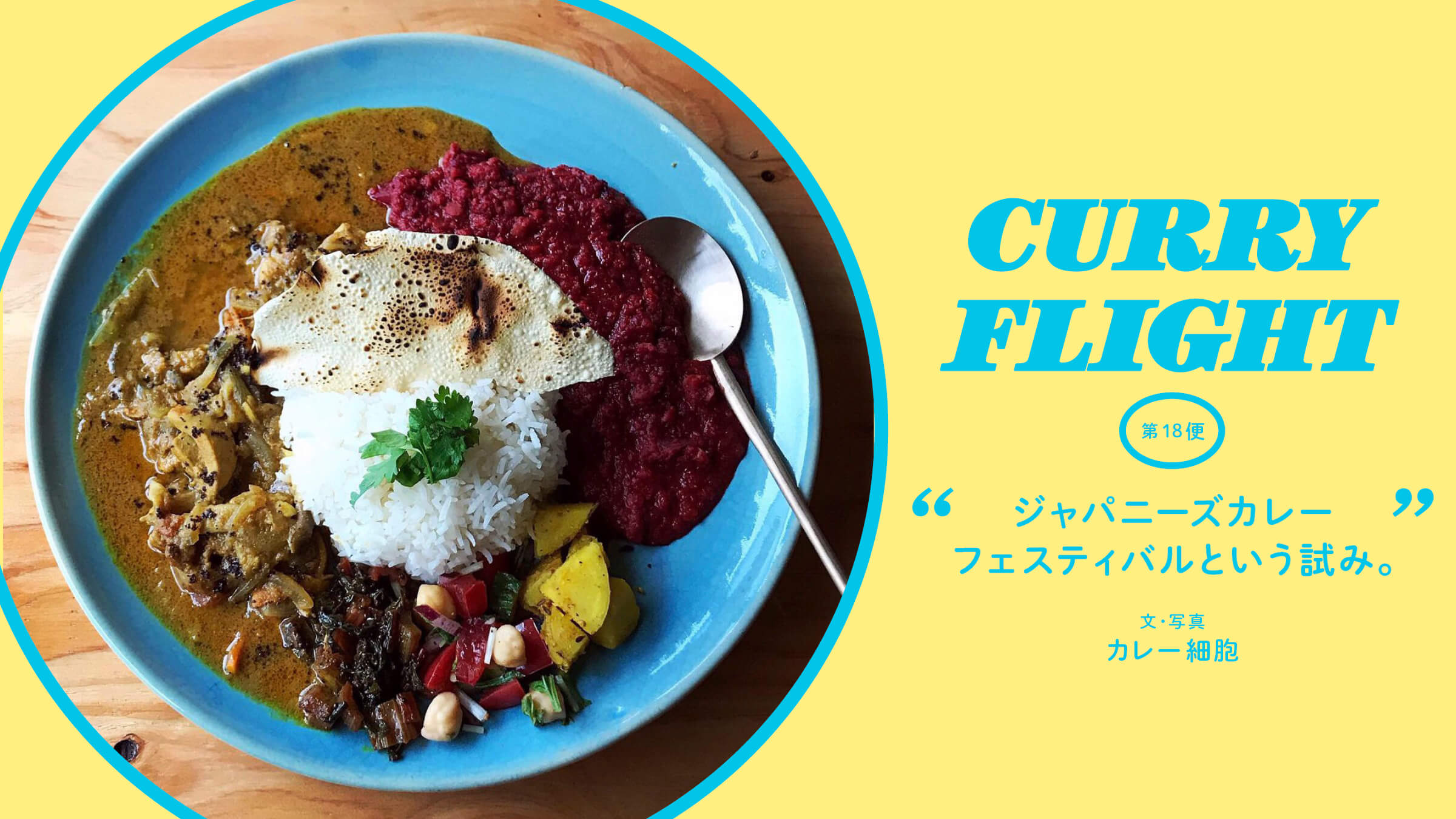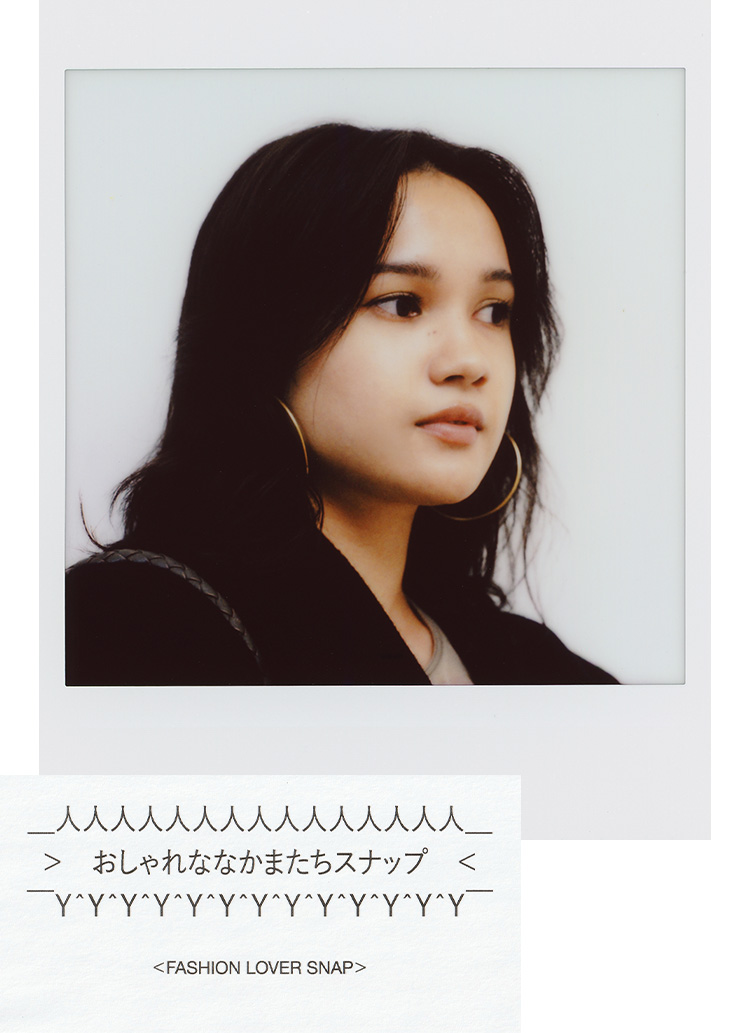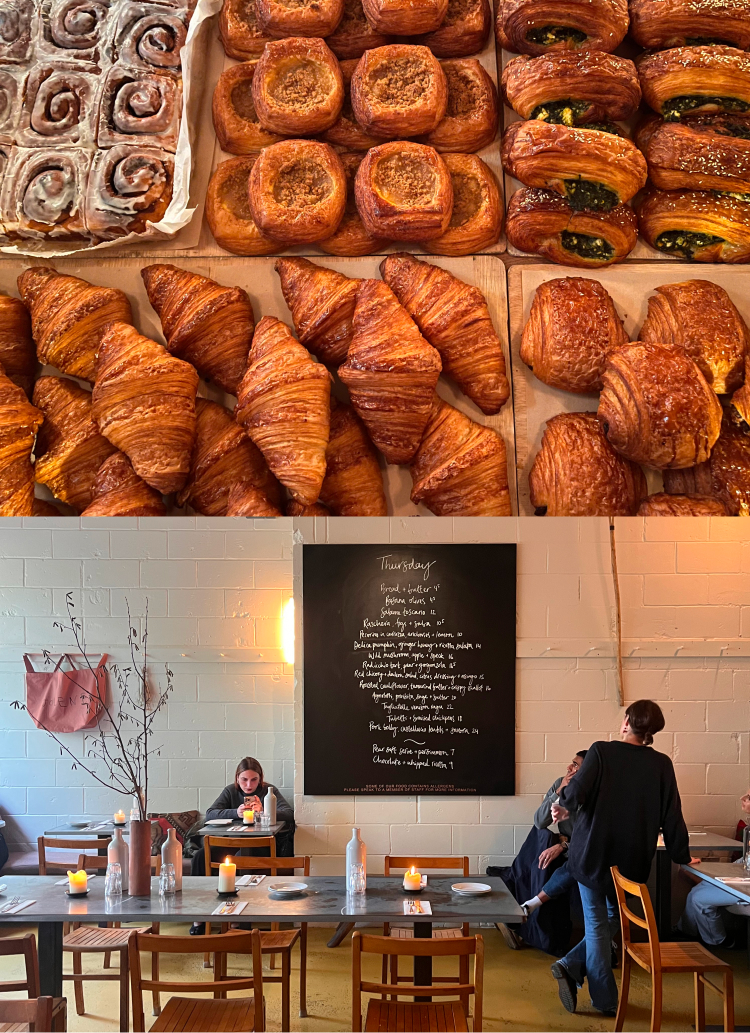Flight 4 Local curries are too hot these days.
Local curries are hot these days.
The term "local curry" does not only refer to so-called "local curry" as part of town revitalization efforts using local ingredients.
SNS has eliminated the information gap between urban and rural areas, and online sales have made necessary spices and ingredients available in rural areas.
Of course, there are also factors that cannot be found in Tokyo, such as local advantages, ingredients, and traditional culture unique to each region.
As a result, curry stores with high aspirations and strong personalities are appearing more and more in the countryside.
In this issue, we introduce some notable regional curries.
Enjoy the diversity of curry culture in Japan that you will not find in any other country.
A hot topic! The world of Osaka "Spice Curry".
Originally, curry in Osaka was curry rice with Western roots, such as "Namba Jiyuuken" and "Indian Curry," but now "spice curry" has become synonymous with Osaka curry.
In the past year or two, it has been featured frequently in national media such as television and magazines, and you have probably heard of it.
However, the definition of "spiced curry" itself is rather vague, and I have been asked to write many articles on "What is spiced curry? I have been asked to write articles here and there on "What is spice curry?
Simply put, it is "curry made from spices without using wheat flour or curry powder." In Osaka, it is a "counterculture to the existing curry and rice culture" and there is a strong context of "curry created with free ideas, away from the common sense that it has to be this way," which is why many curry chefs are musicians and there are many curry events combined with music and fashion, This is why many curry chefs are musicians and many curry events are held in combination with music and fashion.
In addition, recent Osaka curry is characterized by "Sri Lankan elements" and "Japanese soup stock.
In fact, Osaka has the highest level of Sri Lankan cuisine in Japan, and this influence, combined with the unique dashi culture of the Kansai region, is establishing new ground for curry.
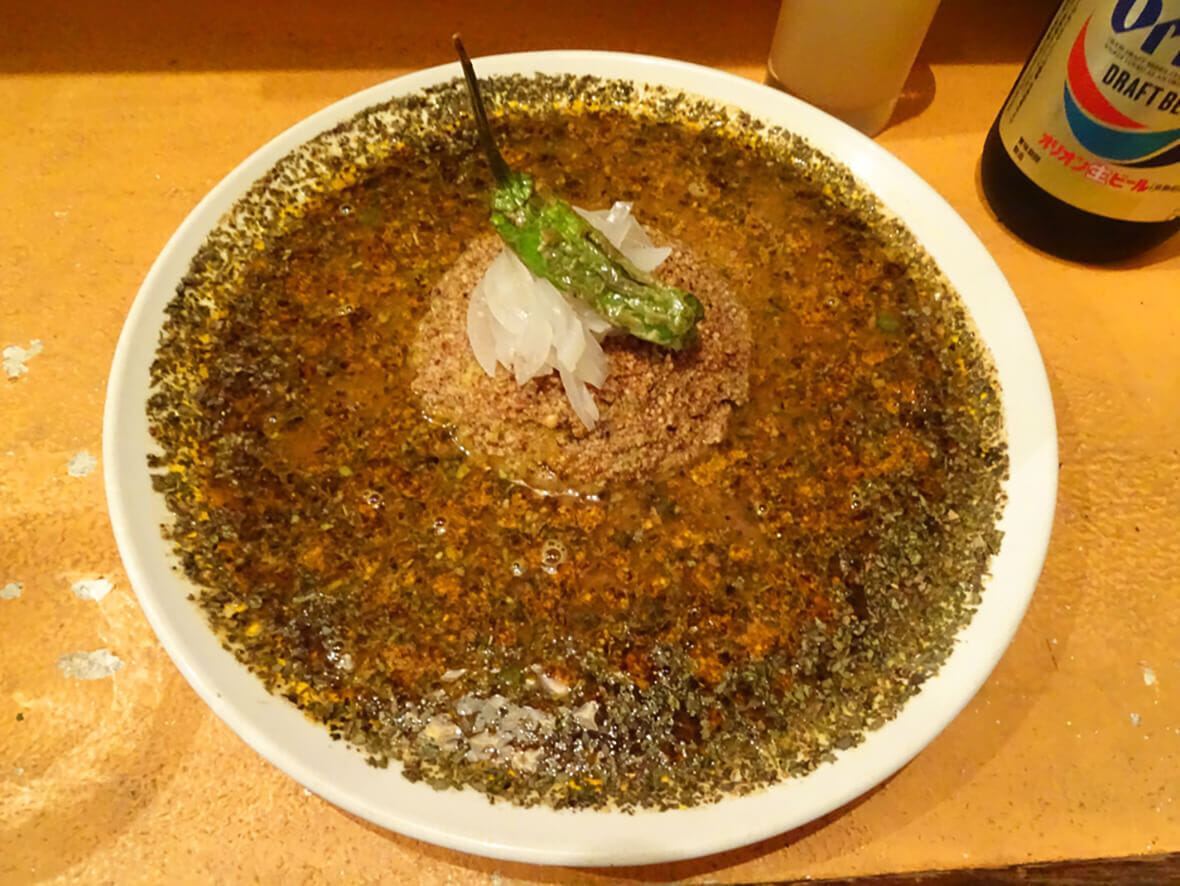
Colombia8, one of the legendary Osaka spiced curry restaurants, a one-of-a-kind style like no other.
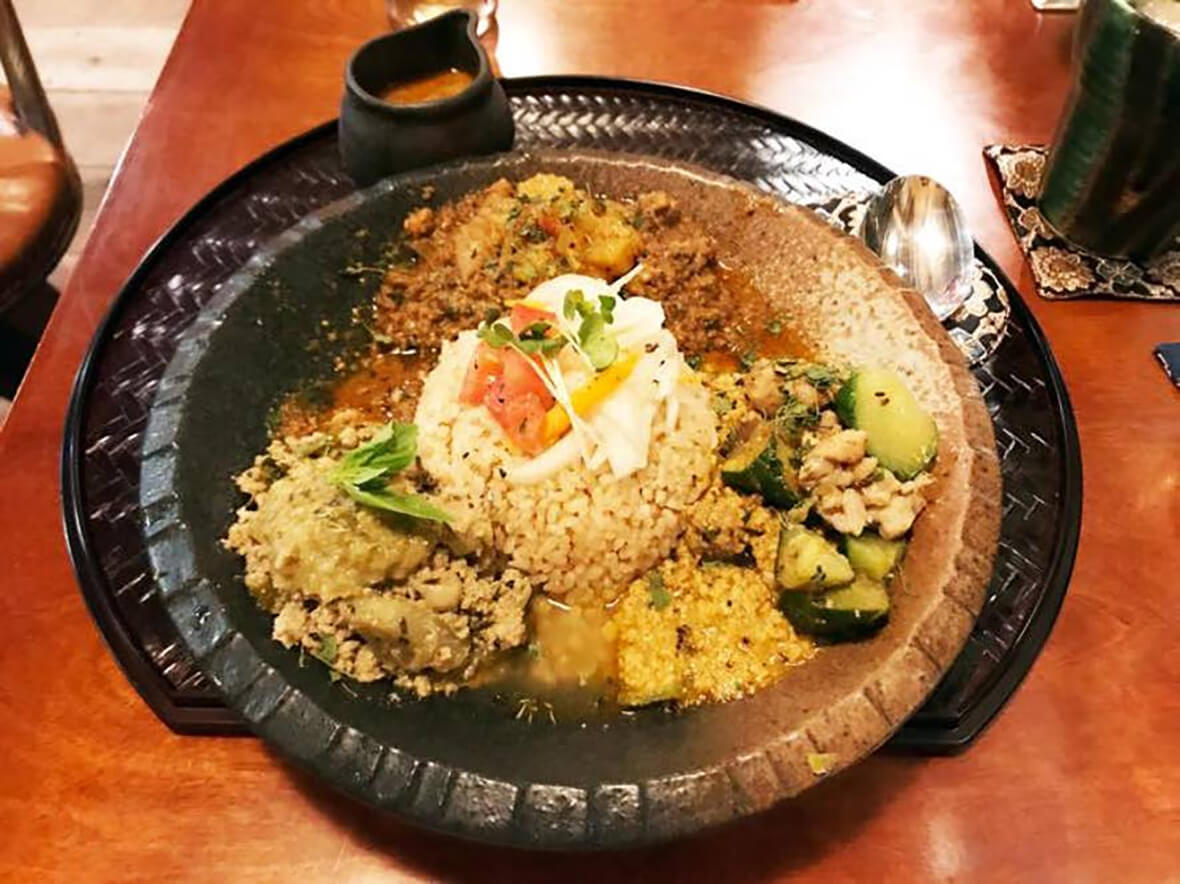
Osaka's leading spiced curry restaurant, Kyu Yam Residence, expanded to Shimokitazawa, Tokyo, in 2017.
It was the catalyst for spiced curry to become a nationwide phenomenon.
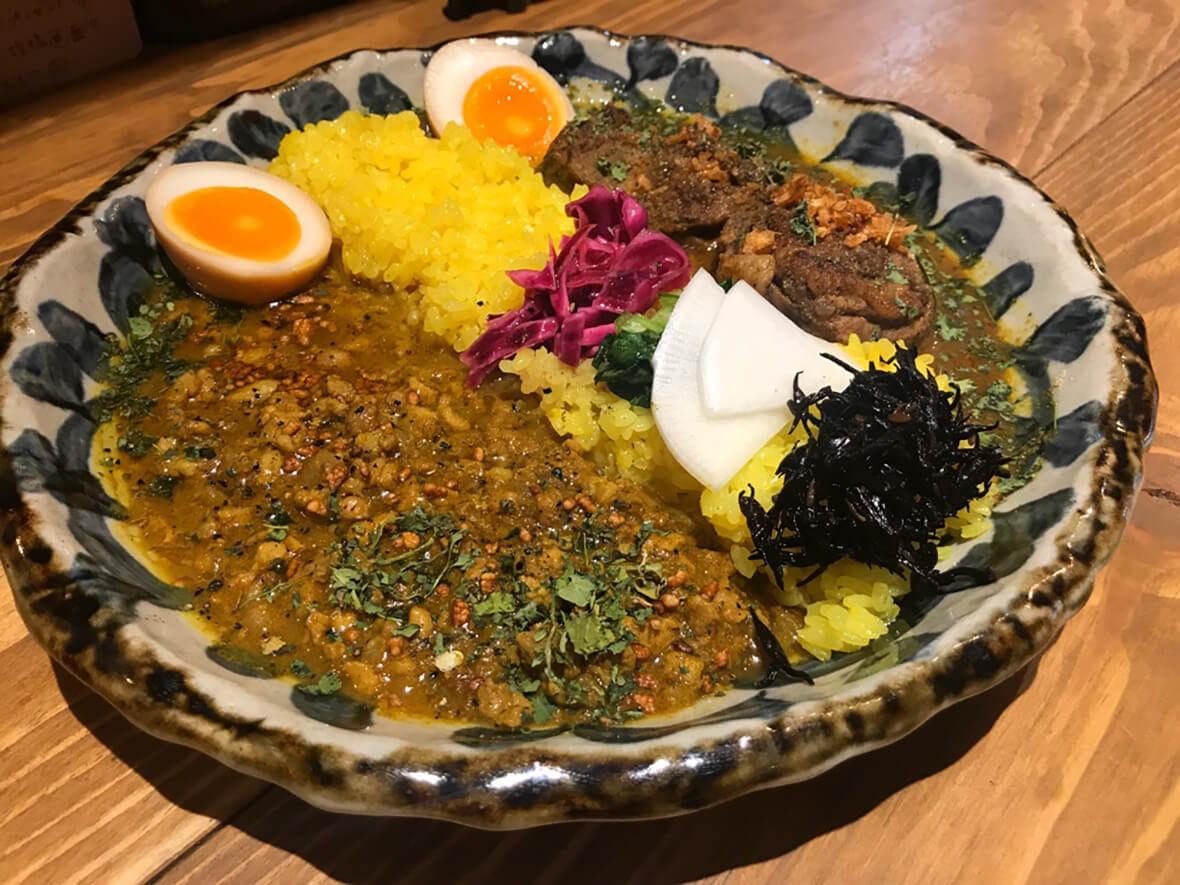
Osaka's next-generation dashi spice curry, "O-Dashi to Spice Ganso Electronica Curry," is highly addictive!
The amazing Fukuoka curry scene, which is growing rapidly.
Next to Tokyo and Osaka, Fukuoka, Kyushu is the new center of the curry explosion.
For a long time, Fukuoka's own Sri Lankan curry restaurant, Tsunapaha, was the sole winner in this area, but in the past few years it has seen a tremendous diversification of curry.
In addition to being as gorgeous and unique as Osaka Spice Curry, the strength of this curry is its utilization of abundant seafood and mountain products.
In recent years, South Indian cuisine has penetrated the region remarkably, and a unique spice cuisine culture has blossomed.
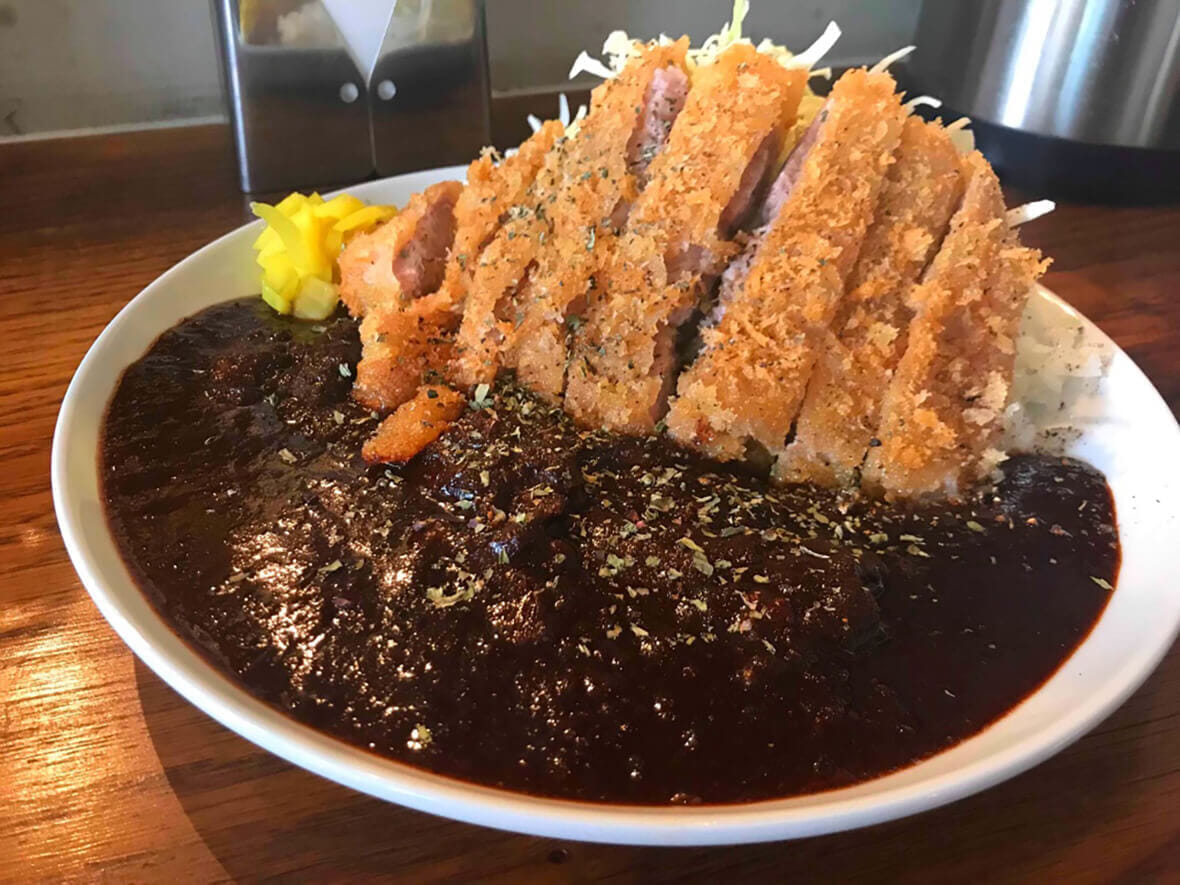
Afterglow" reimagines curry as a dish with a genius and perverse sense of style. The bean-paste curry is also fascinating.
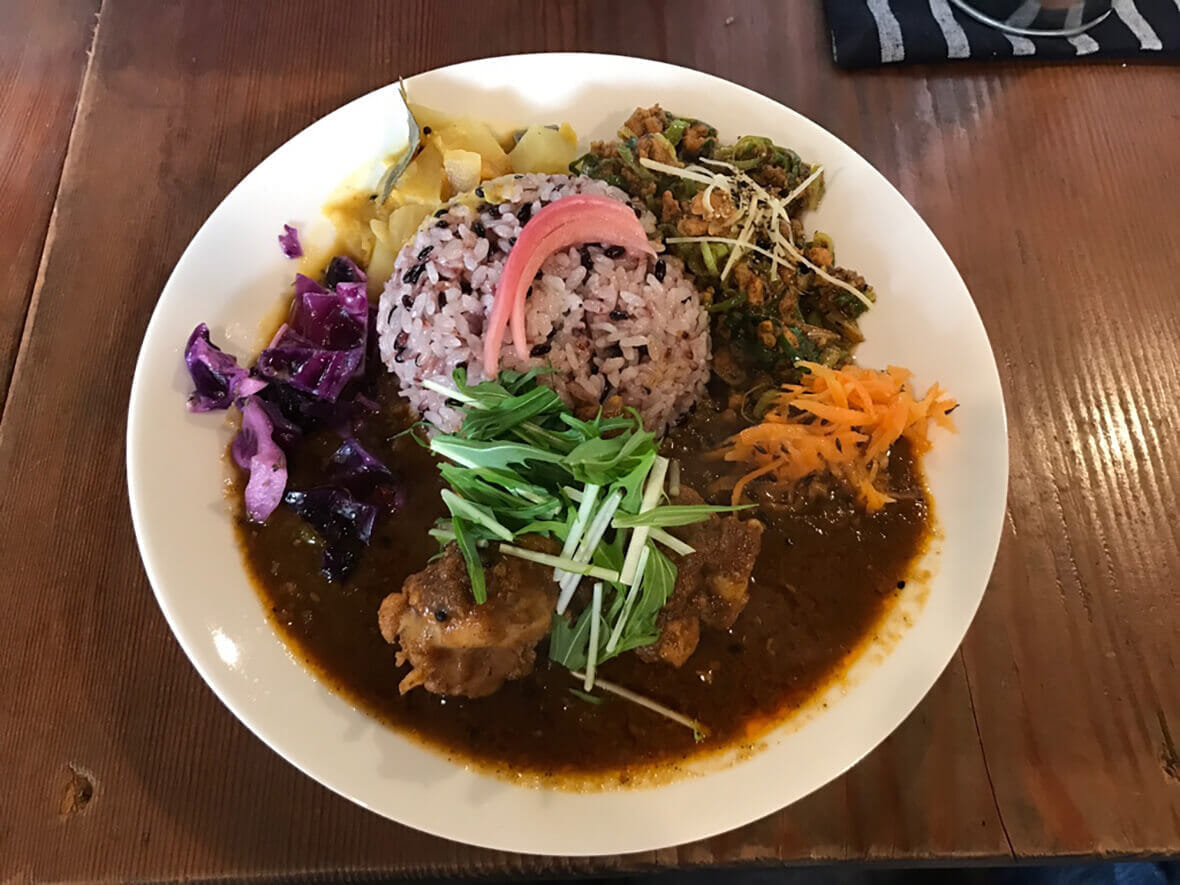
The glamour of Kubo Curry combines the essence of spiced curry and South Indian cuisine!
The Fascination of Local Spice Cuisine Flourishes in Hokuriku
While Hokuriku curry is best known for Kanazawa curry, which has its roots in the ancient Western food culture, Pakistani cuisine has been the focus of much attention in recent years.
In fact, there is a community of Pakistanis who export used cars in and around Imizu, Toyama Prefecture, commonly known as "Imizistan," where many high-level local Pakistani restaurants are located.
Perhaps influenced by this, quite sharp spice and curry restaurants are appearing one after another in Hokuriku.
It is becoming an area that we can't take our eyes off of for a moment.
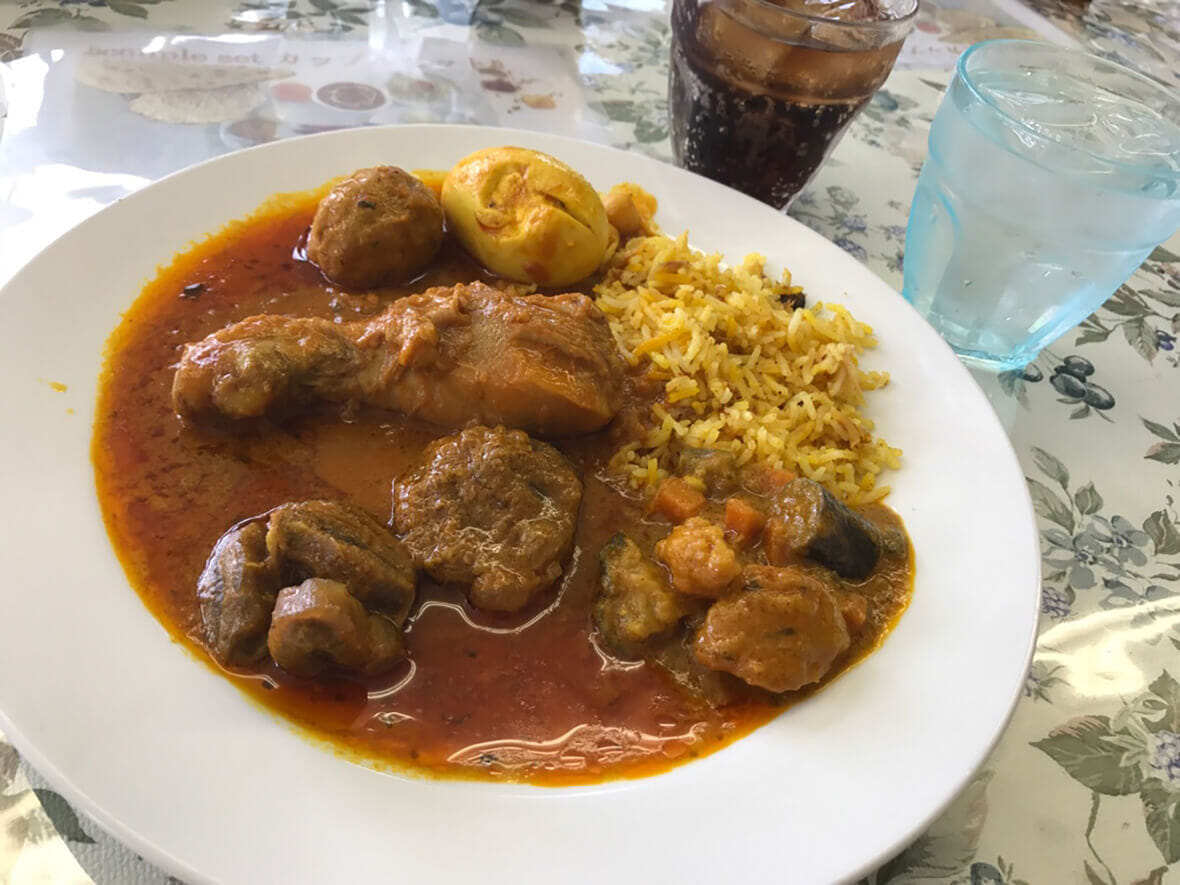
Pakistani buffet at Zaika, one of Imizistan's representative restaurants.

South Indian cuisine with lavish use of fish caught in Toyama Bay. At Kushi, Takaoka.
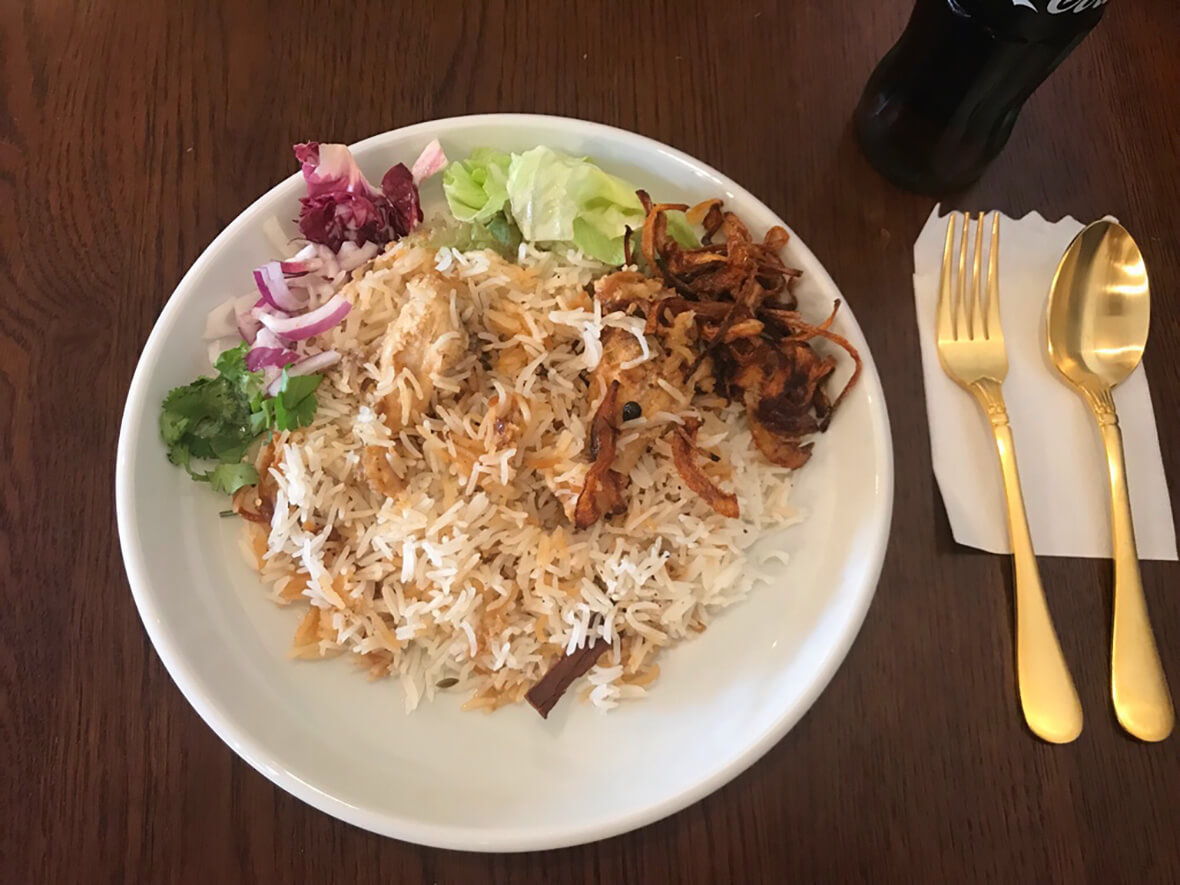
Johnny's Biryani, a biryani specialty restaurant in Kanazawa.
The photo was taken at the pre-opening.
Hokkaido, the bottom line of curry using local ingredients!
When it comes to local curry culture, one cannot talk about Hokkaido without mentioning Hokkaido.
The "soup curry" culture that has taken root mainly in Sapporo can be considered a great predecessor of the "Osaka spice curry" culture. In fact, Hokkaido soup curry has various roots, including Indian, Sri Lankan, and Indonesian.
I think it is fair to say that today's soup curry is an evolution of the so-called "Asian spice cuisine" to take advantage of Hokkaido's abundant ingredients.
However, in recent years, in addition to soup curry, spice curry and South Indian cuisine restaurants have appeared one after another, maintaining the concept of enhancing Hokkaido's ingredients with spices.
It shows the fundamental power of the northern land.
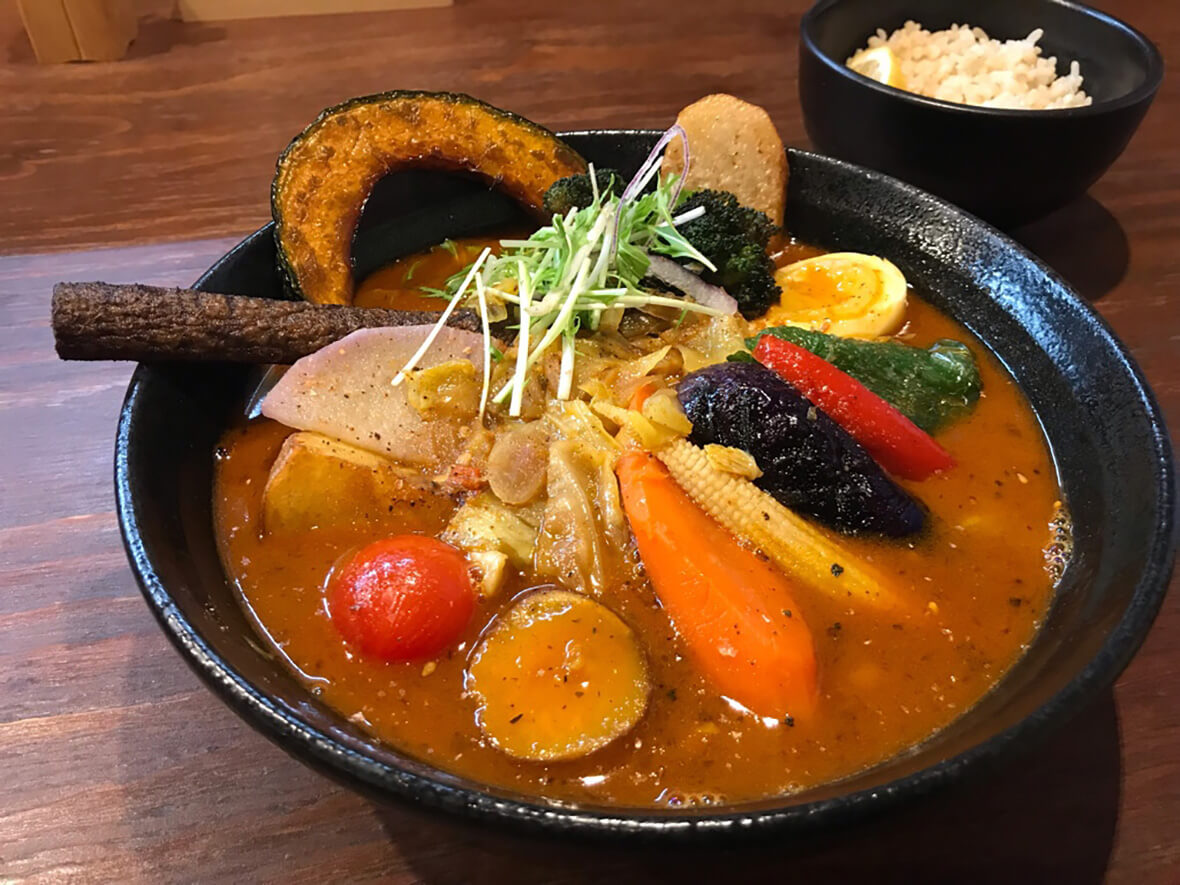
Hokkaido is a fairly large island! Okushiba Shoten, a soup curry store with outlets all over Hokkaido, is,
Each restaurant has its own menu made from local ingredients of the area.
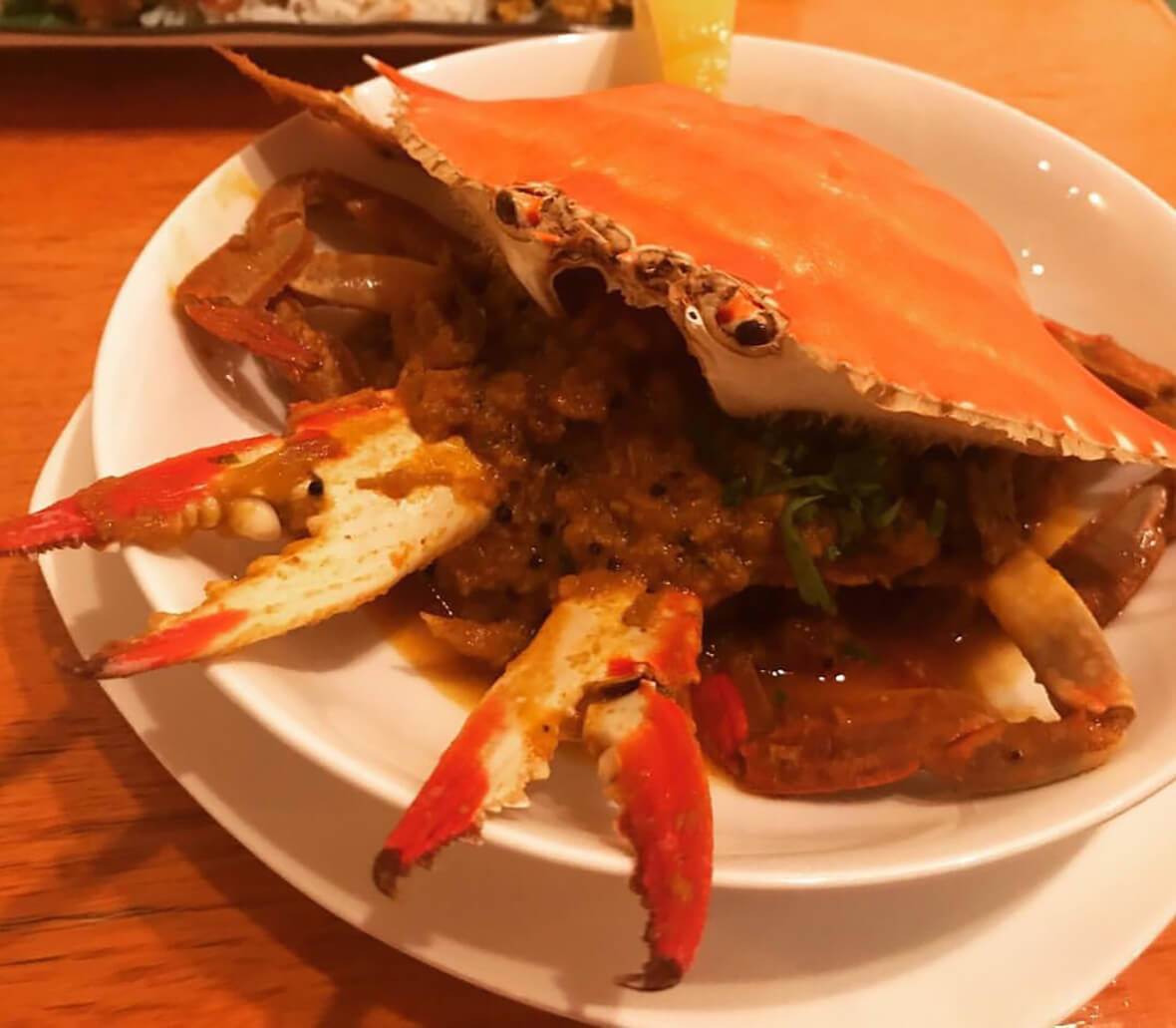
Obihiro's Dar's winter-only Nandu Masala. A whole blue crab is used,
A South Indian curry with an incredible concentration of flavor. I should call it curry crab miso at the earliest.
Now, the ki is in Oita and Beppu 1?
What regions are hot from a curry perspective as of 2019? If you were to ask me, I would say Beppu, Oita. (It's not just the influence of the nearby Fukuoka curry culture (which was featured in a certain culinary magazine).
Beppu, a hot spring resort town with a history of diversity and a spirit of accepting "outsiders," was probably well suited to accepting and coexisting with different cultures in the area of cuisine as well.
The common phrase, "sharp things like this are not accepted in the countryside," does not apply at all in Beppu, where interesting curries are being served one after the other in an interesting manner.
What a happy land!
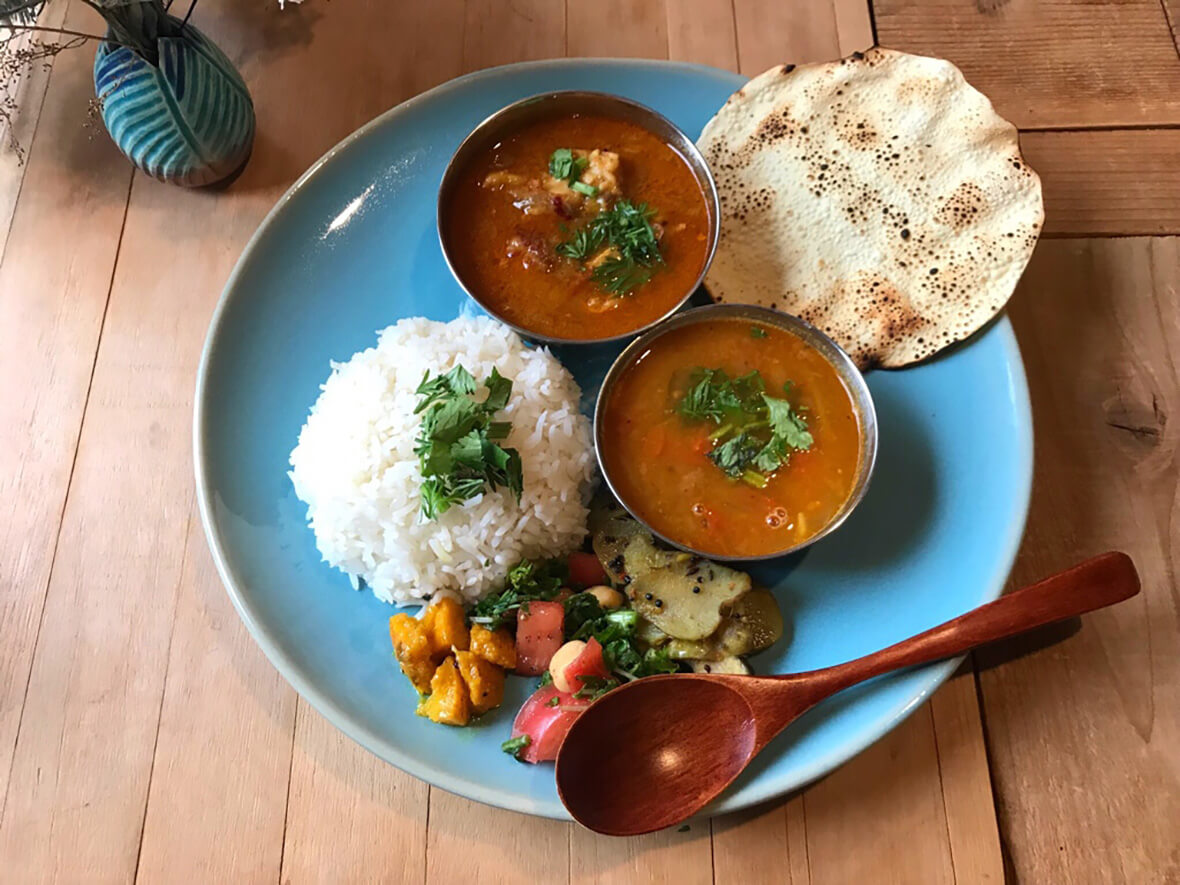
Aoi Tori Beppu" makes a triumphant return to its hometown with its original layered curry, which was popular in Tokyo.
The ingredients are from Oita, making it even more potent.
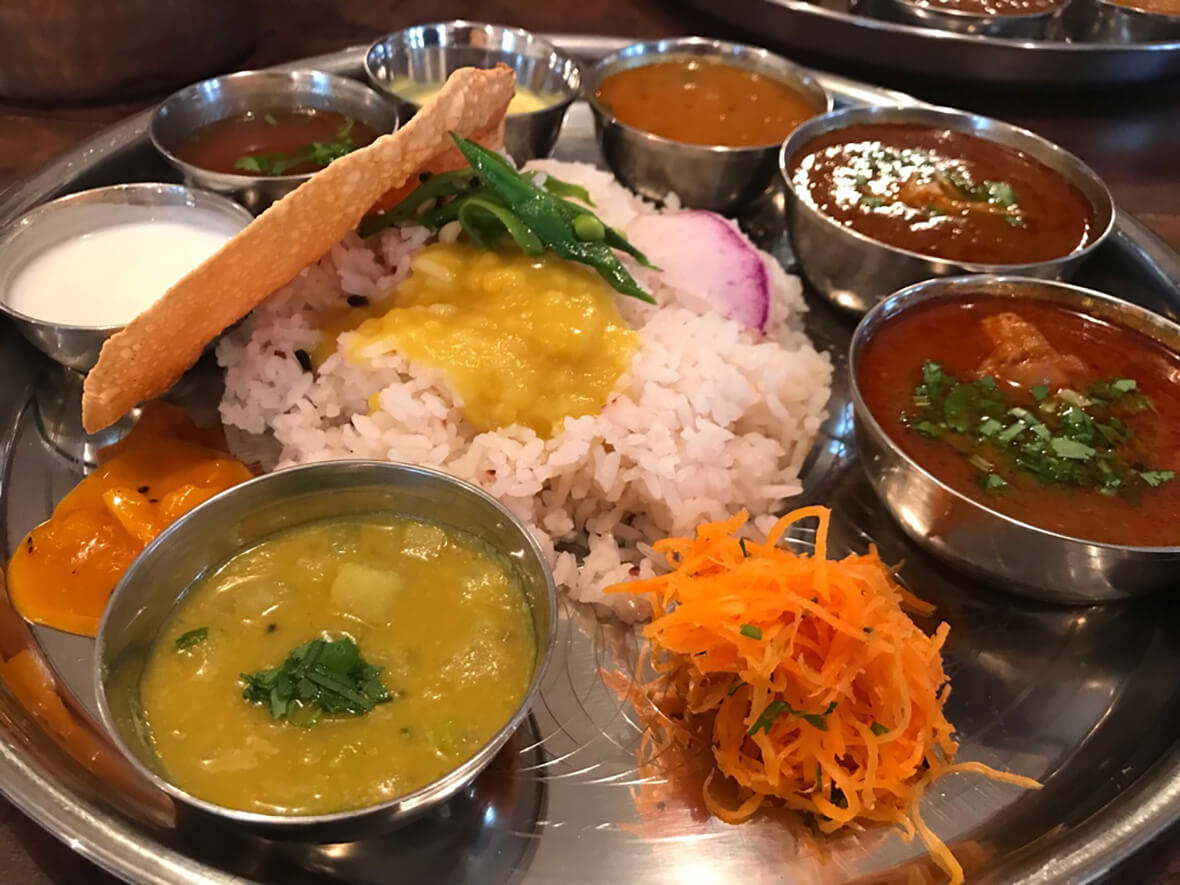
TANE, a South Indian restaurant that makes the most of the appeal of local ingredients, is outstanding in both taste and atmosphere!
Let's find the next breakthrough curry from around Japan.
In addition to those introduced here, other interesting curries are appearing in various parts of Japan today.
Indeed, there is no end to the fun that can be had. ......
It's not easy to go around to different places (both in terms of transportation and time).
Even if you actually go there, it's hard to recommend it to others. It's hard to recommend it to others (it's too far away...)! ).
However, I would like to manage to introduce the curry culture, which is moving in a big way from this region.
It's not just about text and pictures, you have to eat it to understand.
That's why I started a new initiative this August.
The name of the event is "SHIBUYA CURRY TUNE.
This is an initiative to invite one next-break curry restaurant from the region to open a restaurant in Shibuya each month.
While it is good to have a curry event where many curry restaurants gather together and have a lot of fun, isn't it also good to have an event where you can taste the charm of a single curry restaurant, including its global appeal?
The first one was held in August at Afterglow in Fukuoka, and the second one in September at O-dashi to Spice Ganso Electronica Curry in Osaka, both of which were very popular.
After taking a break in October due to a typhoon, Shizuoka "Lost Corner" will be next in November and Nagano "Aduman" will be in Shibuya in December.
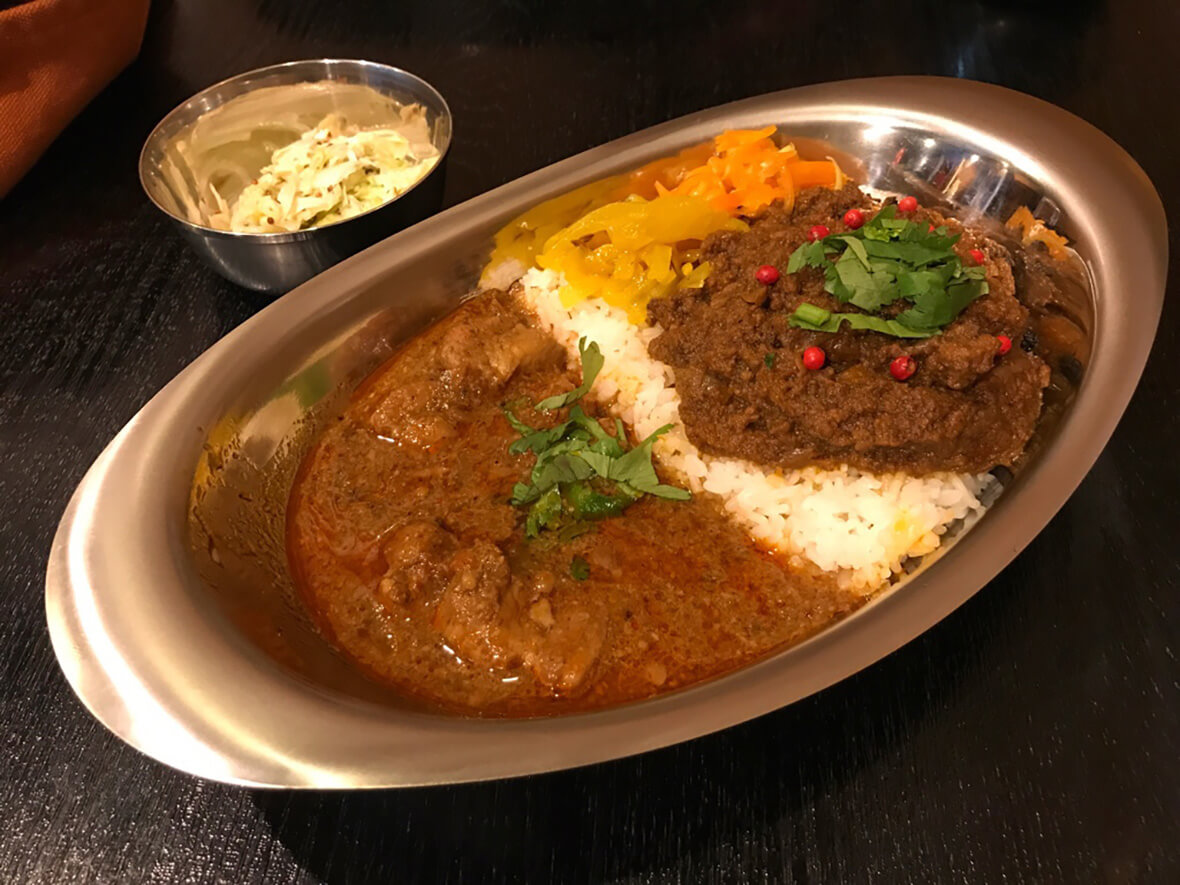
Lost Corner is a leader in Shizuoka's curry scene.
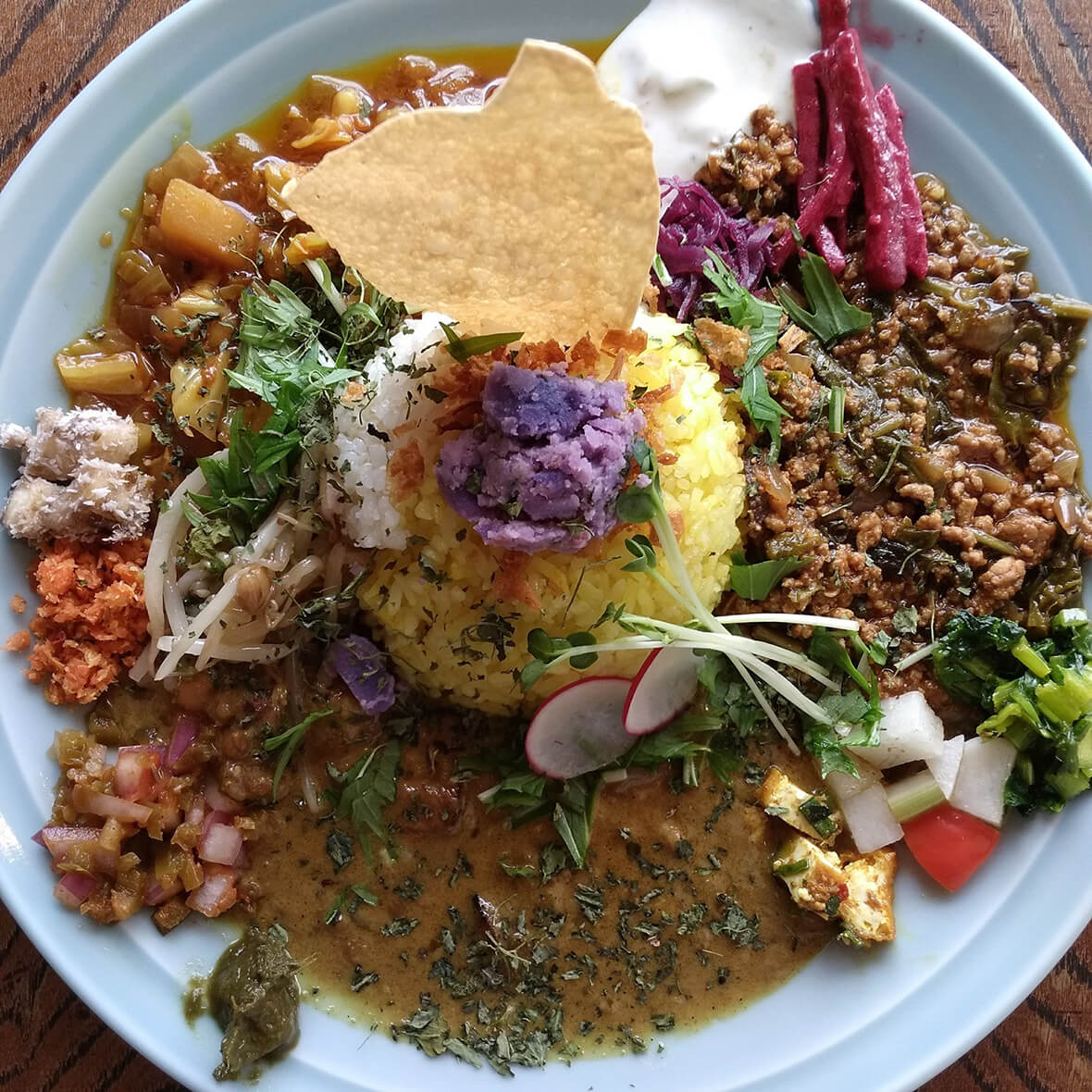
Aduman, an amazing spice curry in the mountains of Cap Nagano.
All of these restaurants are unique and cannot be found in Tokyo, and I encourage everyone to try them.
Please check the official website for more details.
shibuya-curry-tune.sib.tv
We would like to keep an eye on the Tohoku and Shikoku areas in the future.
Japan is now a world-class curry diversity country.
Now, what kind of Flight should we try next time?
PROFILE

In pursuit of all kinds of curry and strange creatures. A spice radar by nature, he has visited more than 3,000 curry restaurants in Japan and abroad. He has been featured in many magazines and TV programs, and is a member of the Japanese Curry Awards selection committee. He is a member of the Japanese Curry Awards Selection Committee, and is a member of the "Next Breakthrough Curry Restaurant" program, which invites a new local curry restaurant to Shibuya every month.SHIBUYA CURRY TUNEThe company is holding the "Mutual Aid Association of Japan (MAAJ).


